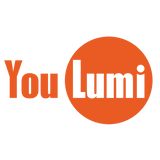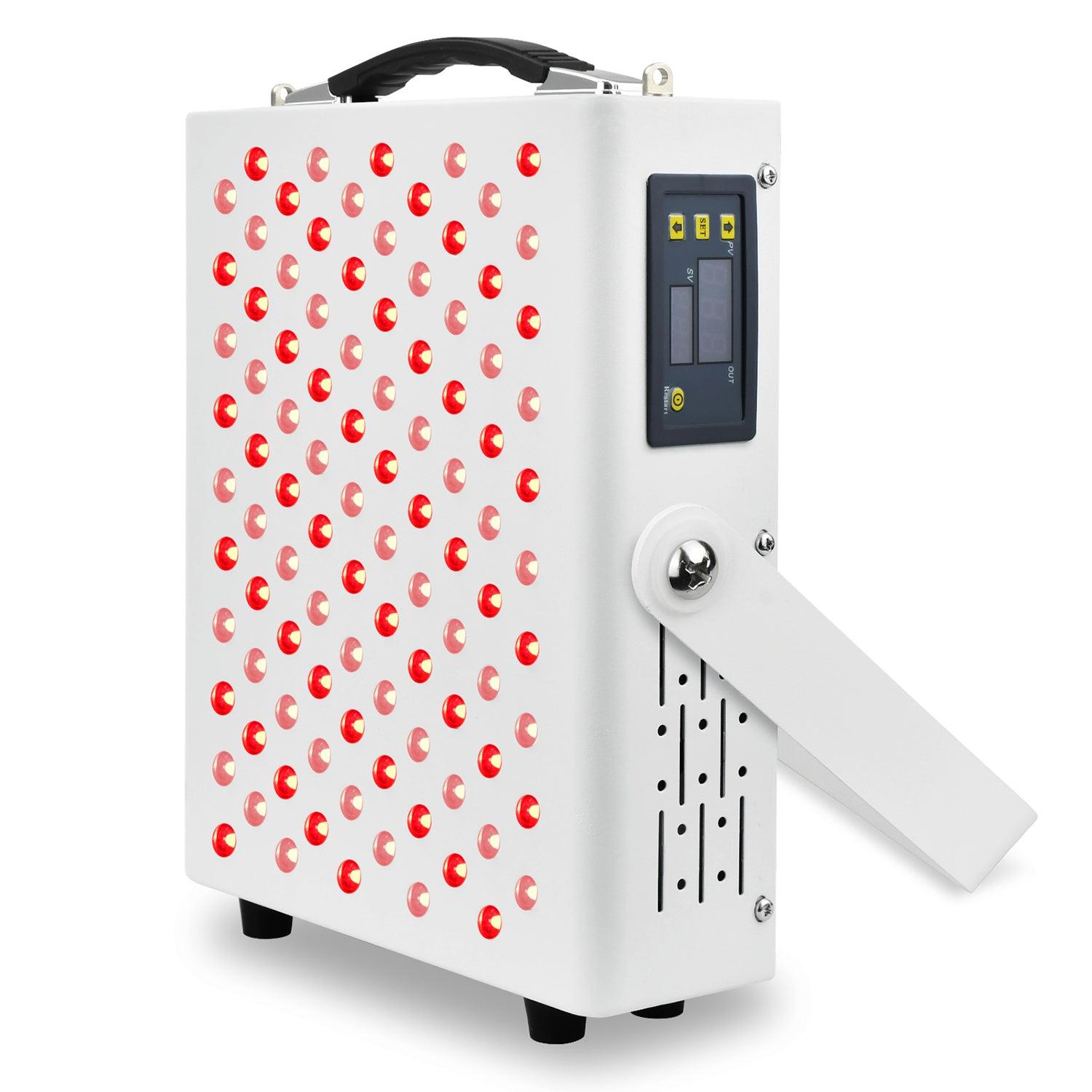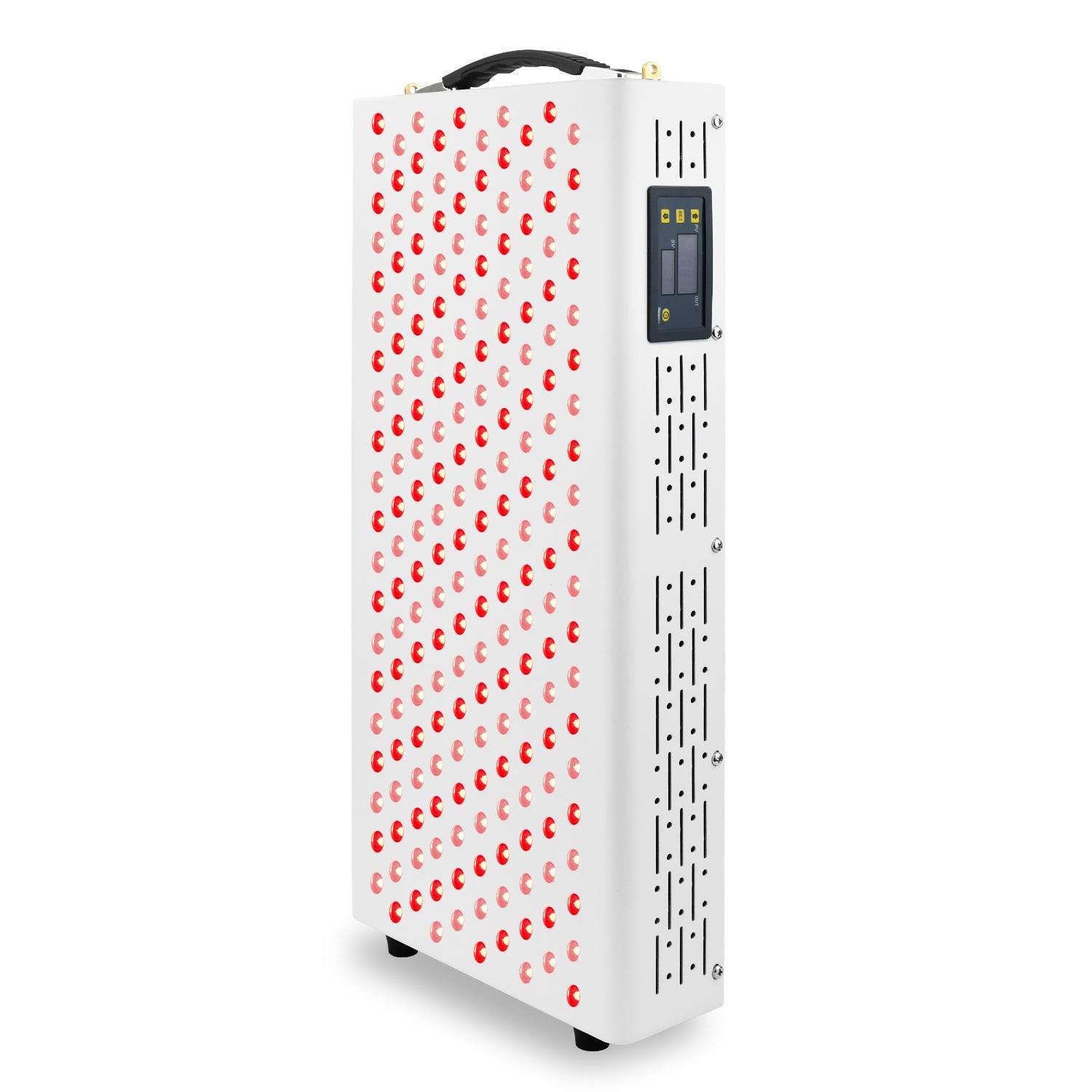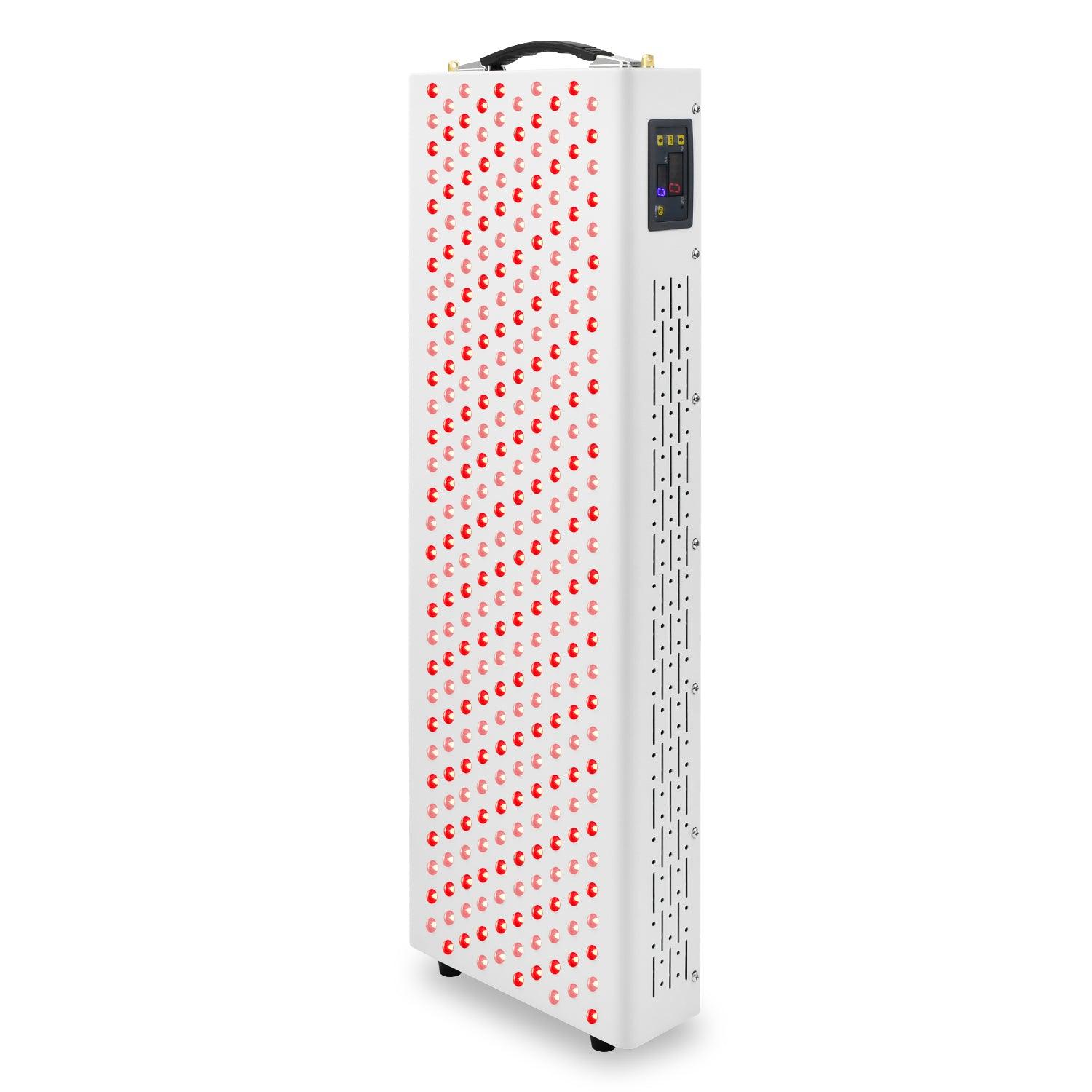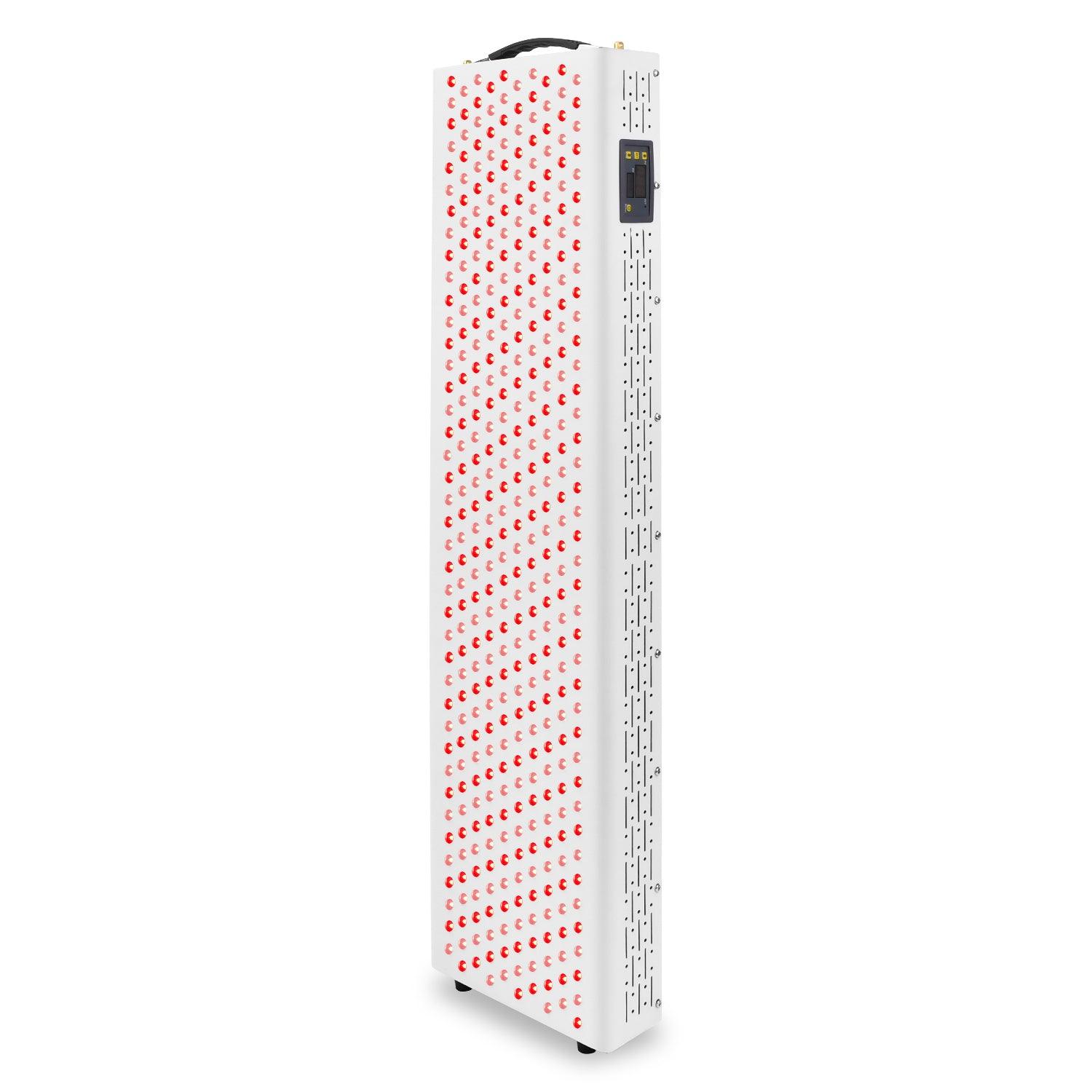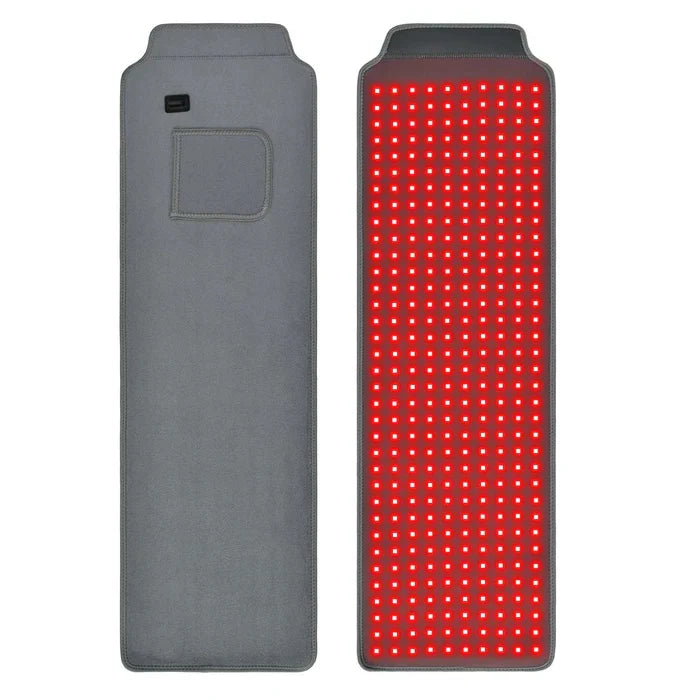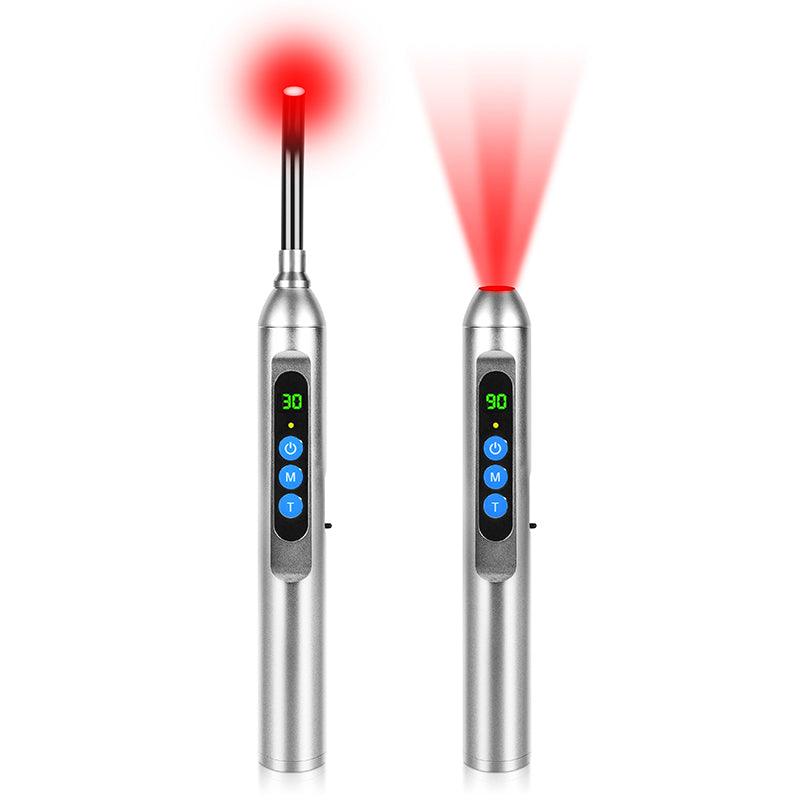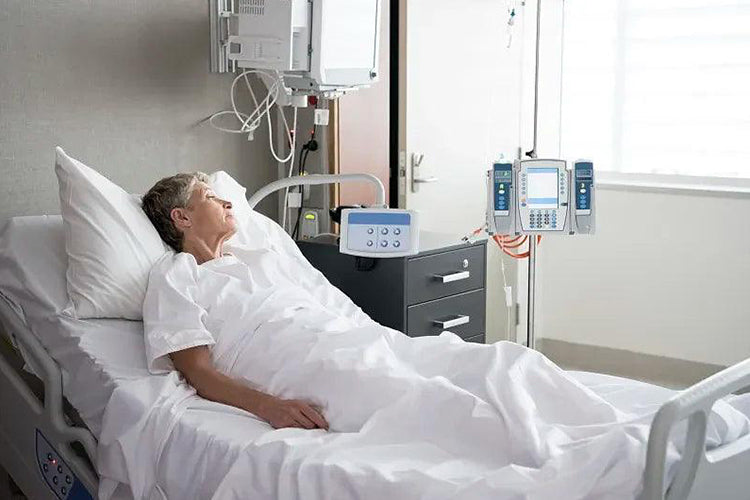The use of red light therapy, also known as low-level laser therapy (LLLT), for hair loss has gained popularity in recent years. While some studies suggest that red light therapy may have positive effects on hair growth, it's important to note that results can vary, and the evidence is not yet conclusive. Here's what you should know about red light hats and their potential role in treating hair loss:
Mechanism of Action:
Red light therapy involves exposing the scalp to low-level red or near-infrared light. It is believed to stimulate cellular activity, improve blood circulation, and enhance the energy production in hair follicles. This, in turn, may promote hair growth and prevent further hair loss.
Research Studies:
Some studies have suggested that red light therapy may be beneficial for certain types of hair loss, such as androgenetic alopecia (male and female pattern baldness). However, the quality of evidence varies, and more research is needed to establish the efficacy of red light therapy for hair loss conclusively.
Home-Use Devices:
Red light hats or helmets for hair loss treatment are designed for home use. These devices typically contain numerous low-level lasers or light-emitting diodes (LEDs) that emit red or near-infrared light. Users wear the hat for a specified duration, usually several minutes per session.
Consistency and Patience:
If considering red light therapy for hair loss, it's important to understand that results may take time, and consistency is key. Regular, long-term use may be necessary to observe potential benefits.
Consultation with Healthcare Professionals:
Before starting any hair loss treatment, including red light therapy, it's advisable to consult with a healthcare professional, preferably a dermatologist or hair loss specialist. They can evaluate the specific cause of hair loss and provide guidance on appropriate treatments.
Individual Responses Vary:
Responses to red light therapy can vary among individuals. While some people may experience positive results, others may not notice significant changes.
While red light therapy has shown promise in some studies, it's essential to approach it with realistic expectations and an understanding that its effectiveness is not universally established. If you're considering red light therapy for hair loss, consulting with a healthcare professional can help you make informed decisions based on your specific situation.
What are the benefits of using red light cap for hair growth?
Stimulation of Hair Follicles:
Red light therapy is believed to stimulate the hair follicles by enhancing cellular activity and promoting blood circulation in the scalp. This stimulation may contribute to healthier hair growth.
Increased Energy Production:
Red light is thought to increase the production of adenosine triphosphate (ATP), which is a source of energy for cells. Improved energy production may enhance the function of hair follicles.
Reduced Hair Loss:
Some users of red light caps report a reduction in hair loss. This may be attributed to the potential protective effects of red light on hair follicles, potentially slowing down the progression of hair loss.
Thicker and Fuller Hair:
Users have reported that red light therapy may contribute to thicker and fuller hair. This effect could be related to improved hair shaft quality and increased hair density.
Enhanced Hair Regrowth:
For individuals experiencing hair thinning or early stages of hair loss, red light therapy is sometimes associated with improved regrowth of miniaturized hair follicles.
Convenience of Home Use:
Red light caps offer the convenience of home use. Users can wear the cap for the recommended duration without the need for frequent visits to a clinic.
Minimal Side Effects:
Red light therapy is generally considered safe and well-tolerated, with minimal reported side effects. It is a non-invasive option compared to some other hair growth treatments.
Potential Synergy with Other Treatments:
Some users choose to combine red light therapy with other hair loss treatments, such as topical minoxidil or oral medications, believing that the combination may offer a more comprehensive approach to hair restoration.
It's important to note that while there is some supportive evidence for the benefits of red light therapy in promoting hair growth, the results can vary among individuals. Additionally, not all red light caps are created equal, and the effectiveness may depend on factors such as the specific device used, the wavelength of light emitted, and the duration and consistency of use.
Before starting any hair growth treatment, including the use of red light caps, it is advisable to consult with a healthcare professional or a dermatologist to assess the cause of hair loss and receive personalized guidance on suitable treatment options.
